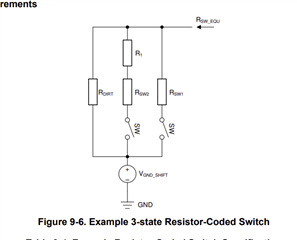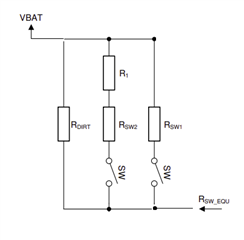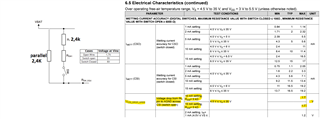Other Parts Discussed in Thread: TIC12400
Hi,
- I understand the resistor coded detection for switch to ground. The resistor and wettingg current multiply with each other and comparator is used at the IC.
- But When I use the short to ubatt switch, How can I detect the different switch cases with resistor-coded switch logic?
Thanks,




